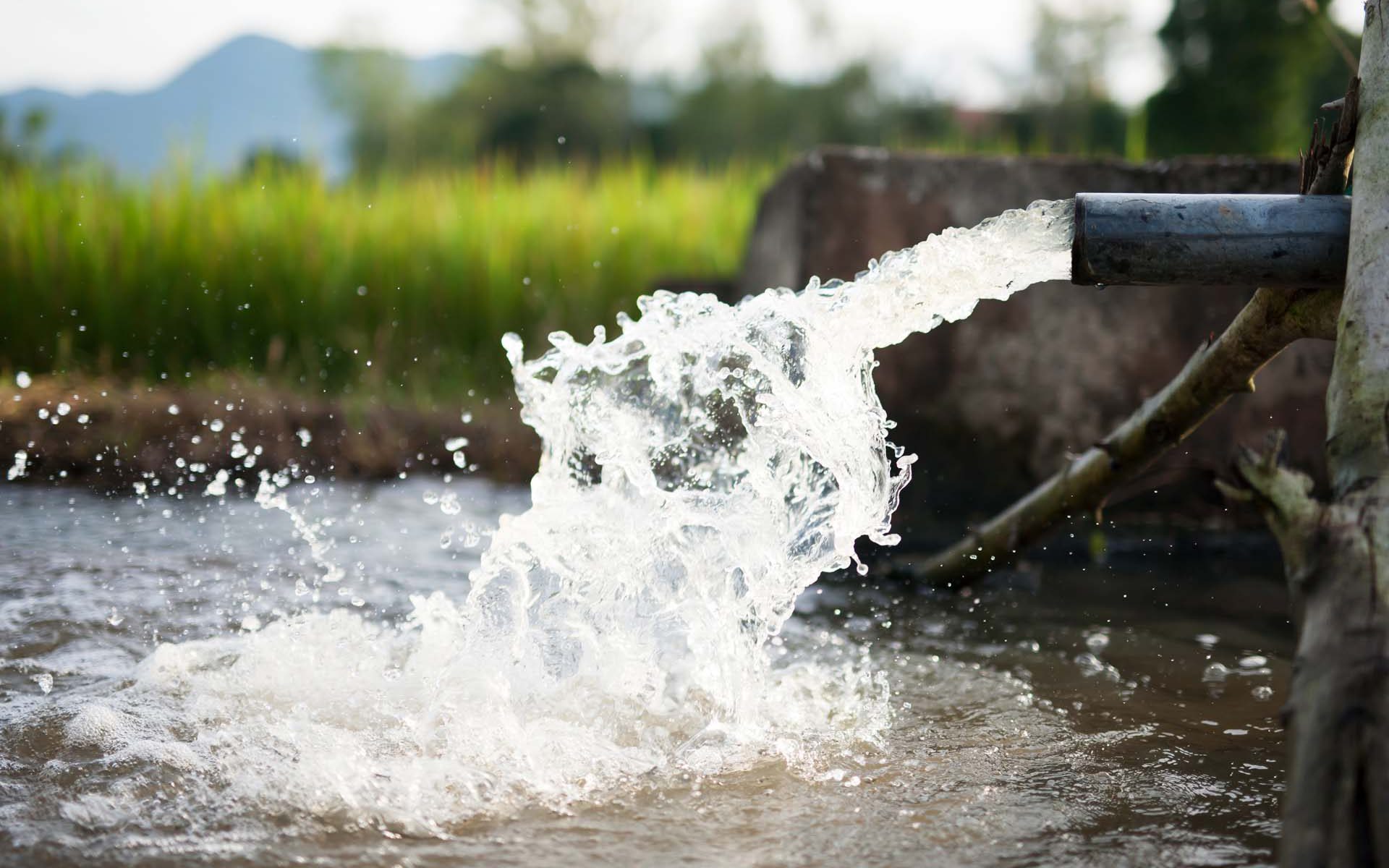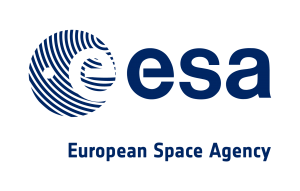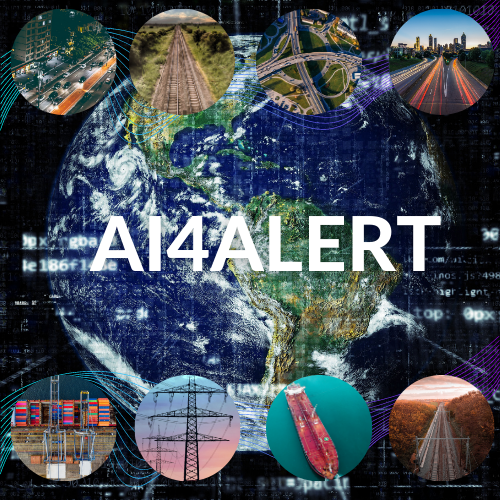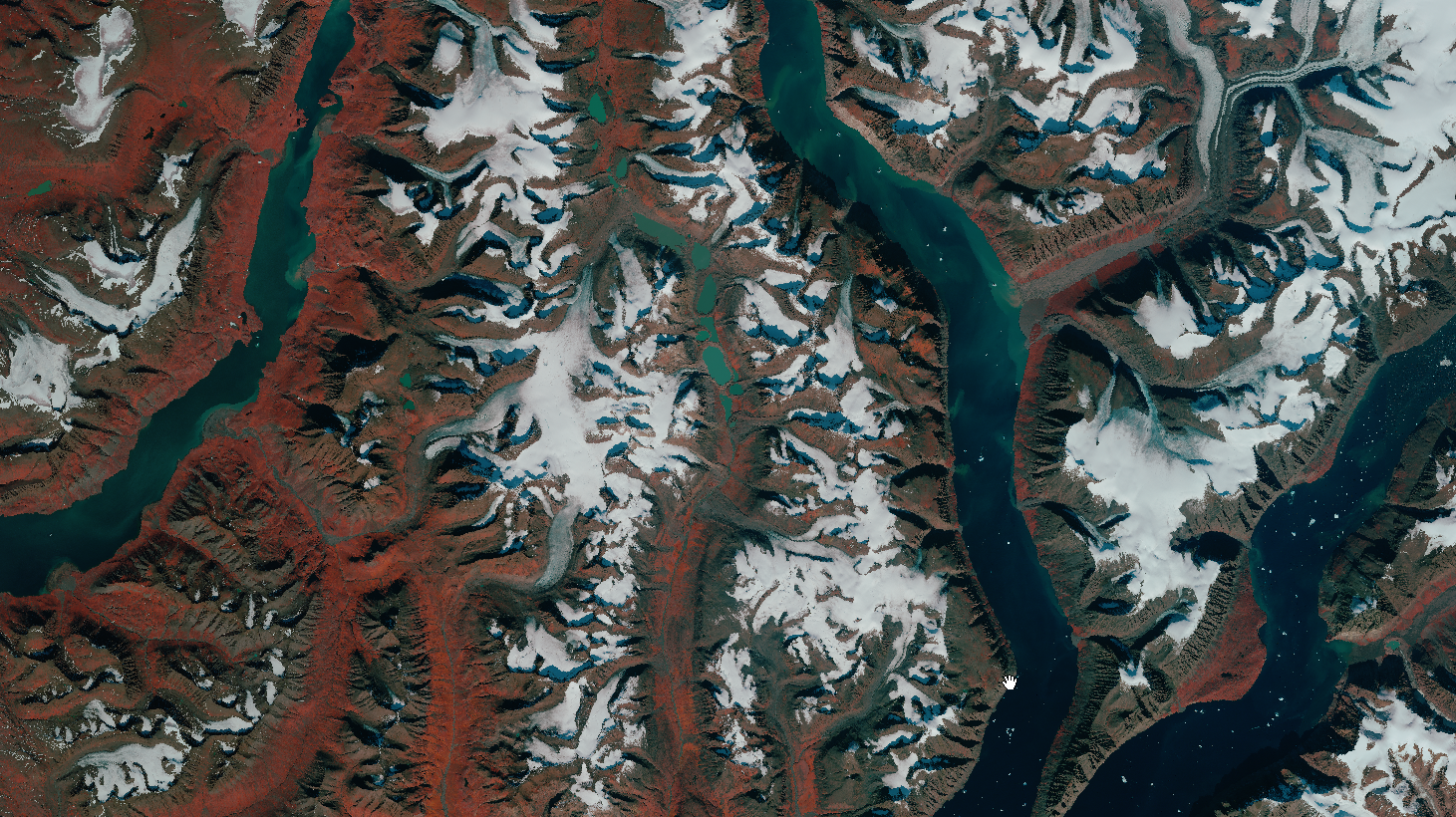Uncovering the impact of Taiwan’s drought on critical water resources through satellite data
29 APRIL 2021
Taiwan is usually one of the rainiest places on the planet, however for the past year, little rain has fallen, consequently resulting in the worst drought on the island for the last 56 years. Many water reservoirs throughout the country are falling below 20 % capacity while some are less than 10 % and in danger of drying up.
The detrimental impacts of the water crisis in Taiwan are felt throughout the country and water reduction policies have been implemented in many different sectors and industries to save limited water resources. The water crisis could also have global repercussions by affecting Taiwan’s $100bn semiconductor industry which is responsible for manufacture of up to 90% of worlds advanced microchips.
In a country where water resources have historically been plentiful, the impacts of a changing climate and unsustainable water resources management practices could have dire consequences. The first step towards sustainable water resource management is to ensure proper and timely information on water (non-) availability to inform water management activities.
Through our ESA funded project 'WorldWater', novel approaches to monitor surface water dynamics in both extent and volume, are being developed, to demonstrate the potential of earth observation to underpin cost-effective and robust monitoring of water resources at all scales. Applying these new methods and tools, we uncovered the water dynamics in both extent of volume over the past two years, in Taiwan’s largest reservoir ‘Tsengwen’, which as of April 2021 reportedly is at less than 12 % of its capacity.
Through an integrated approach, using both Sentinel 1 (SAR), 2 (optical) and 3 (altimetry) data, the entire water regime of Tsengwen reservoir can effectively be monitored in high temporal and spatial resolution from space. As can be seen from the illustration below, as of late March 2021, the reservoir is more than 10 m below its median level from 2018-2021, and the low water level is also clearly depicted as the difference between the surface water dynamics between 2019-2020 and 2020-2021.





















